
Written by digiDirect
Drones have soared in popularity in recent years, making for a popular gift for professional and amateur photographers alike. With that in mind, however, it's important to understand that there are many laws and restrictions in Australia that both commercial and leisure drone operators have to follow. If you don't, you could end up with a hefty fine.
In this blog, digiDirect provides information about the laws, restrictions and common etiquette that will ensure you're following legal requirements and keeping peace with your neighbours. Keep reading to find out more.
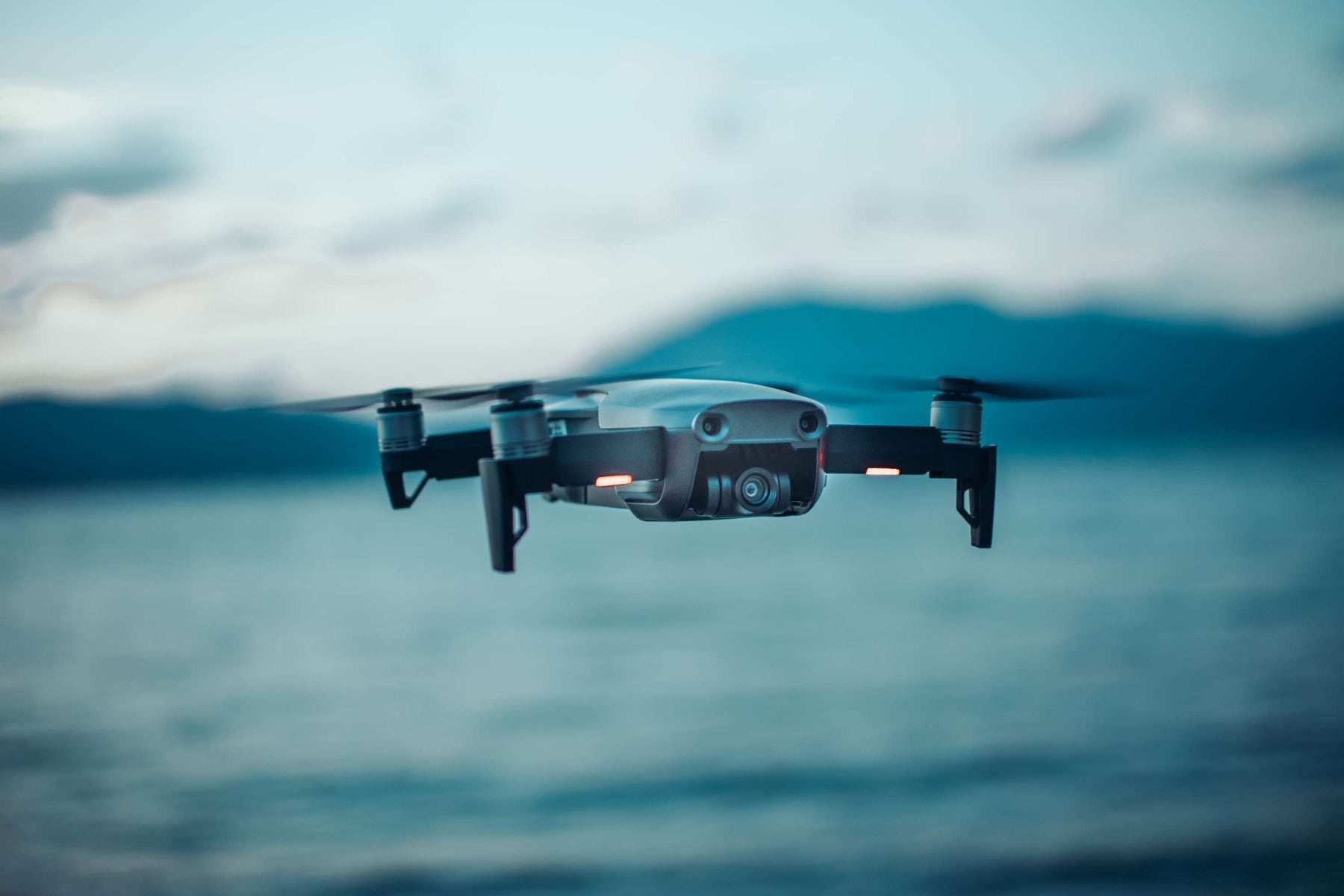
Flying drones can be great fun, but make sure you follow the legal requirements
Australian Laws and Restrictions for Drones
No matter if you plan to fly commercially or for recreational use, you must adhere to the clearly defined laws and restrictions. If you don't, and you get caught, you may incur a fine ranging from a few hundred dollars to several thousands. The main laws and restrictions include:
- Your drone must not exceed 120 metres (400 feet) of altitude.
- You cannot fly your drone within 30 metres of any people, or above people at any height. The only exception is if the other party is helping operate the drone.
- You cannot fly more than one drone at a time.
- You have to keep your drone in your visual line of sight at all times, without using binoculars or a video screen. This means you can only fly in daylight, not in fog or clouds, not behind trees and buildings, etc.
- You cannot fly over or above people, or at events like sporting ovals, music festivals, parks, footpaths, busy roads and populated beaches.
- You cannot fly your drone in a way that presents a hazard to property, another person or another aircraft.
- You are not allowed to fly your drone near or over an area where emergency operations are going on without prior approval, or in an area that affects public safety. This includes firefighting efforts, car crashes, search and rescues, or police operations.
- You cannot operate your drone near aircraft for emergency services without having prior permission.
- You cannot fly your drone in prohibited or restricted areas.
- If your drone weighs more than 100 grams you:
- Must keep your drone a minimum of 5.5 km away from controlled aerodromes
- May fly within 5.5 km of a helicopter landing pad or a non-controlled aerodrome if there are currently no aircraft operating around it
- Must not operate your drone within a defined airfield without permission
- Must not operate your drone directly in an aerodrome's departure and approach paths without permission
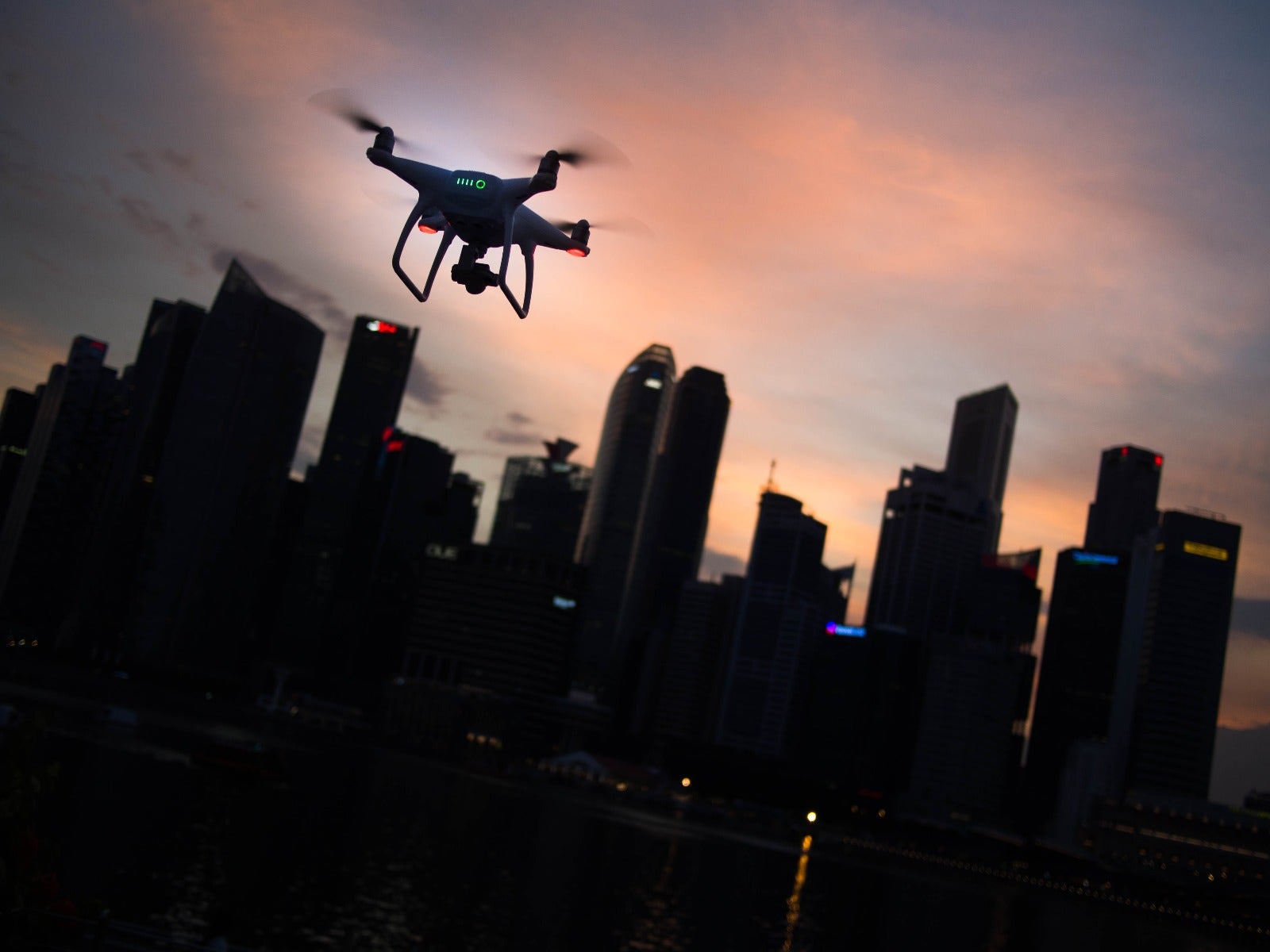
Flying a drone in an urban area like pictured above is highly illegal - don't do it!
Flying for Fun vs. Flying Commercially
An important distinction when flying your drone is whether you are flying for fun or flying commercially (i.e. planning to profit from your flight through photos, videos, or some other method). If flying for fun, as of August 2019 you don't need to take any extra steps other than follow the drone flight restrictions listed above. However, Australia's Civil Aviation Safety Authority (CASA) plan on implementing new rules by the end of 2019 that require drone operators who are flying for fun with a drone that weighs more than 250g to register their drone and be accredited. Accreditation will be a free process that involves watching an online video and passing a quiz on it's contents. Check CASA's website for information on when registration and accreditation become a requirement for pilots who are flying for fun.
If you are flying commercially, you are generally required to have a license. However there are two situations where commercial flyers can fly under CASA's excluded category, which means they do not require a license. The first is if your drone weighs between 100g and 2 kg. The second is if you are flying over your own land and the drone weighs under 25 kg. If you are in either of these situations you do not require a license, but you must still inform CASA before flying via their online notification form.
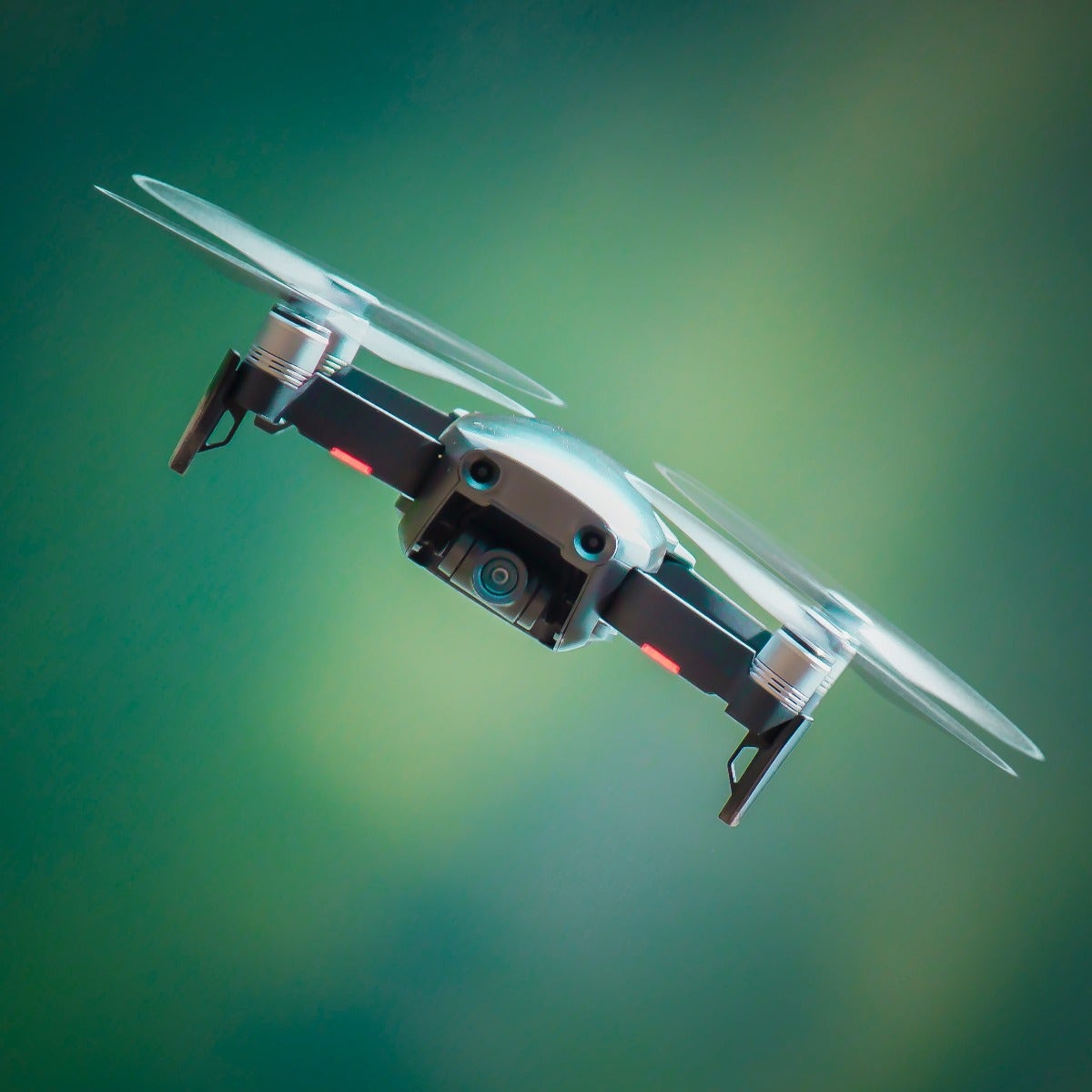
Small drones like the DJI Mavic Air are light enough that they don't require a license, even if flying commercially
If you are flying commercially and don't fit within the excluded category, you must have a license. This is called a remote pilot licence (RePL) and it gives you individual permission to fly and operate your drone. However, even with this license you are only allowed to fly commercially when employed by someone who holds a Remotely Piloted Aircraft Operator's Certificate (ReOC). Note the person who holds the ReOC can be yourself, so if you have both an RePL and ReOC you can fly commercially under your own employ.
Drone Etiquette
For the most part, drone etiquette is common sense. The more courteous you are with your drone, the happier your neighbours will be. With that being said, it's definitely easy to forget common sense items when you're excited to get your new drone out. Common mistakes you want to avoid include:
- Flying Over Your Neighbour's Property: There are currently no specific laws or regulations that prohibit you from flying over your neighbour's property, but it can quickly lead to irritated neighbours by doing so ' especially if said neighbours are currently outside and under your drone's flightpath.
- Taking Unauthorised Photos or Videos: There are also no rules or regulations that prevent you from taking photos or videos with your drone, but anyone can file a privacy complaint with the Office of the Australian Information Commissioner if you do take unauthorised images of them.
- Ignoring Pleas to Stop: It's legal to fly your drone around your own property. But, when you take your drone out into your neighbourhood, it's best to introduce yourself and ask if people mind. If they ask you to stop and you ignore them, this could cause friction between you and your neighbours.
- Not Being Aware of Your Surroundings: This includes both animals and people. If you're careless with your drone, you or someone around you could get hurt in the process. Keep an eye on any people, houses or animals around your direct flight area, and do your best to avoid them.
- Flying Near Landmarks: Maybe you have a historic landmark by your home. If so, it's best to avoid flying your drone around it. Most are very restricted with what can and can't fly.
- Flying Near Animals or Pets: While you may not have a problem flying around your pets, other people's pets or animals may have an issue with the noise or the drone itself. Along with scaring the animals, you also have an increased risk of the animal damaging the drone by pulling it out of the air.
- Flying Near Obstacles: Power lines, trees, shrubbery, houses and light posts be dangerous obstacles that you want to keep your drone well away from. Not only can they get caught in areas where you can't easily reach them, but they can also pose risks to anyone who happens to be around when you fly.
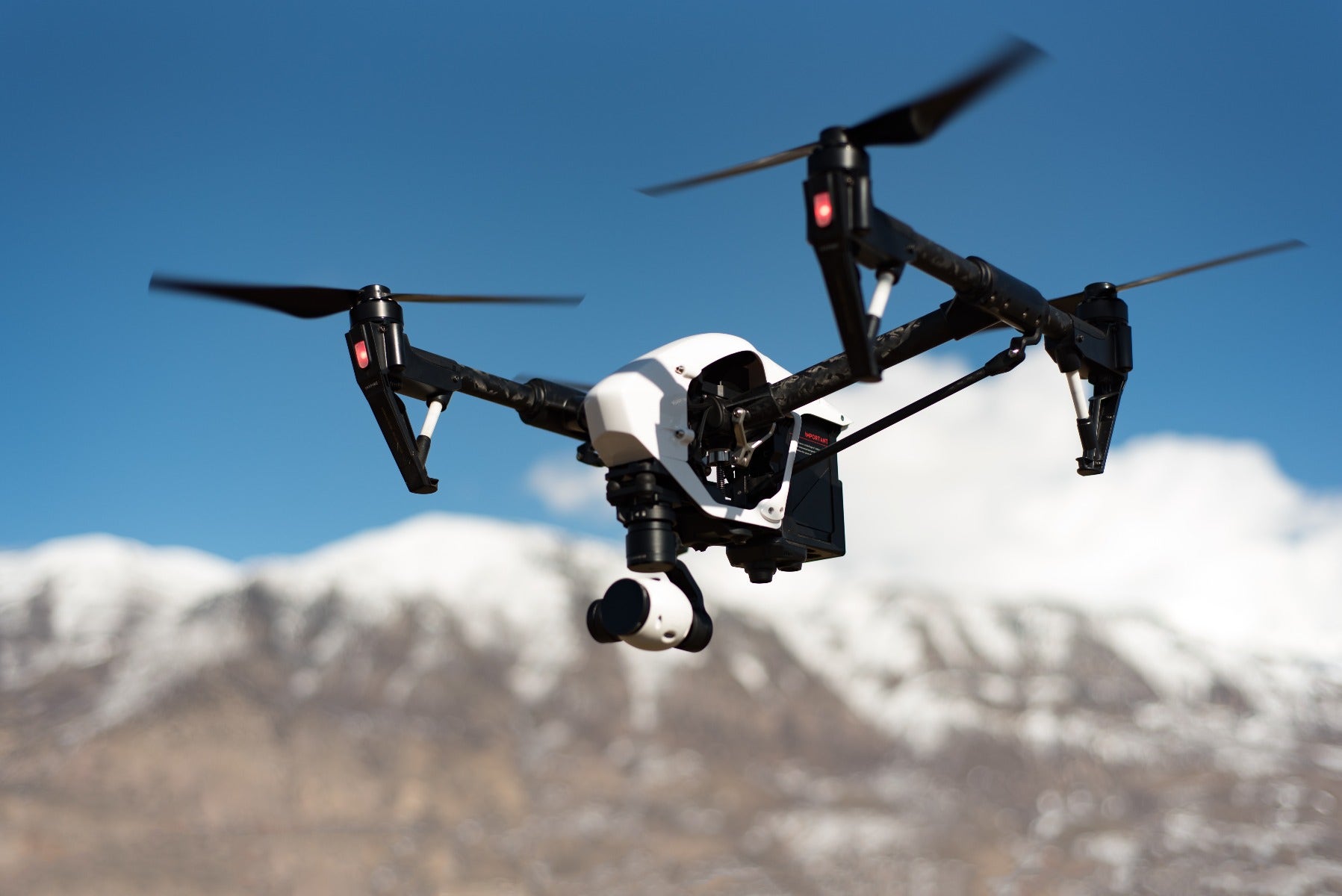
If commercially operating a larger drone that weighs over 2 kg, like the DJI Inspire 2, you will require a license
Suggested Equipment
There are many drones on the market to choose from. We understand how overwhelming this can be, especially if you're new to the drone world, so below are a few of our favourites. All of them weigh below 2 kg and as such are eligible for the excluded category if flying commercially. You'll note they are all from DJI, who is the world's foremost drone manufacturer. Our picks are:
- DJI Mavic 2 Pro
The DJI Mavic 2 Pro provides a high quality camera and large 1' imaging sensor in a compact drone body that remains very portable. It features some of the best features in DJI's consumer drone lineup like Active Track, 10-bit colour profiles, an 8 km range, 72 km/h top speed, and 27 minute flight time. For someone looking for a fantastic and fully featured drone, this is the first stop.
- DJI Spark
On the other end of the spectrum, the DJI Spark is a very small consumer drone that, while it doesn't have the features of the Mavic Air, provides a very reasonable entry into the drone market at a low price. Featuring 1080p video, obstacle avoidance, subject tracking, a top speed of 50 km/h and a 16 minute flight time, this is the perfect drone for those new to aerial photography.
- DJI Mavic Air
A perfect middle-child of the Mavic 2 Pro and the Spark, this foldable and portable drone comes with a 21-minute maximum flight time. It has 32-MP sphere panorama cameras equipped that give you clear and concise photos and videos. The three-directional environmental sensing ensures that you don't run into things while you fly, and it also has Smart Capture that lets you zero in on a subject. The low-profile controller holds your smartphone for excellent usability.
Contact digiDirect Today!
Perhaps you have a few more questions about drone rules or models. We're here to help. We have a large stock of professional and recreational drones as well as cameras available. Our staff can help you pick out the perfect device to suit your needs without breaking your budget. You can contact us today to learn more or browse through our extensive stock!













































































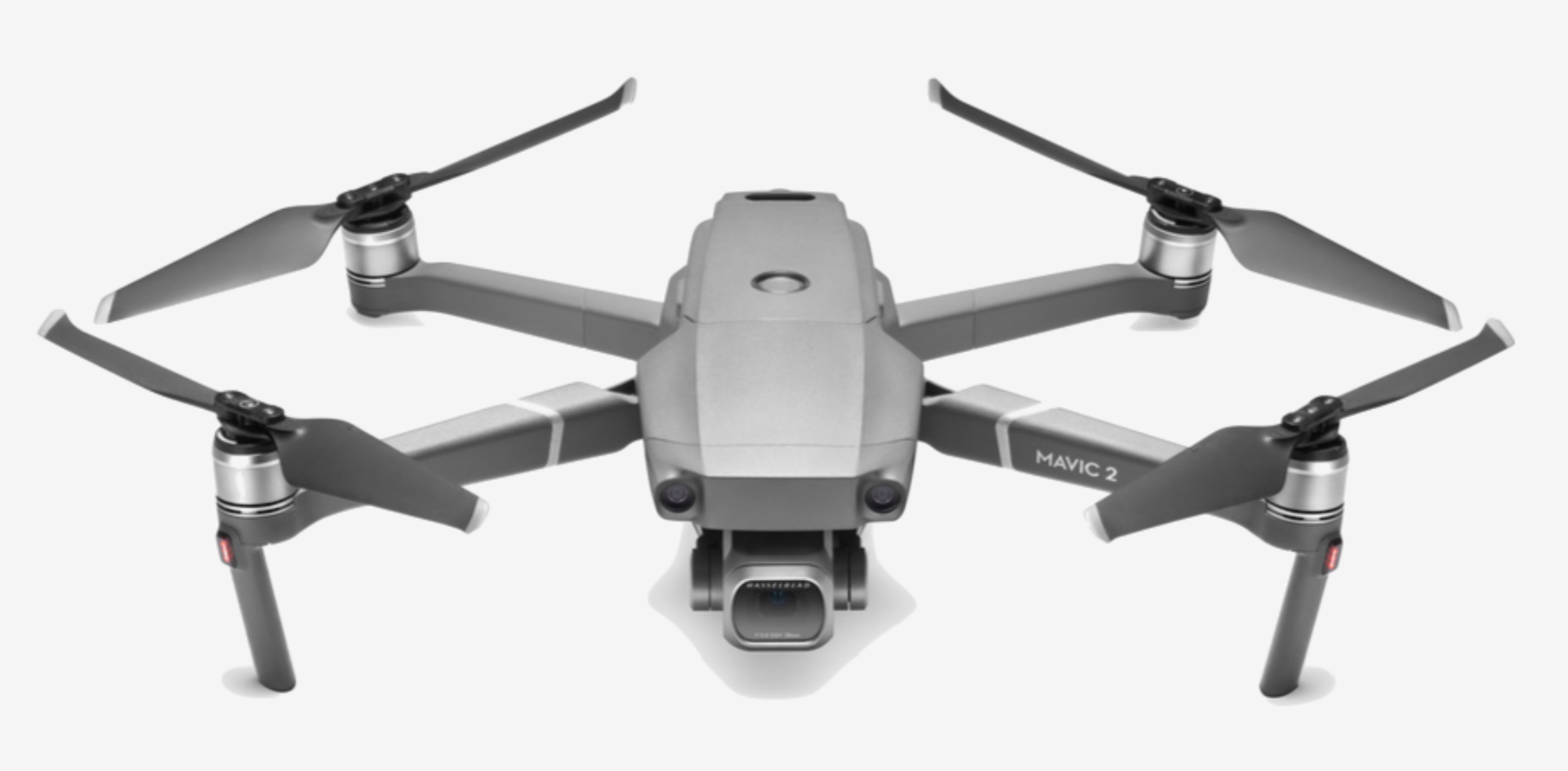

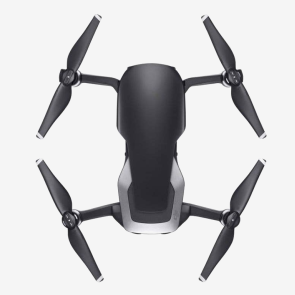
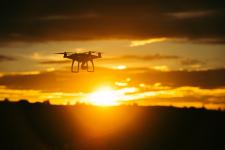


Comments
No Comments yet. Be the first to comment.